You’ve worked hard on your website. You want your business to grow. You want web visitors, but you really want your visitors to convert to leads. When your website isn’t bringing the new leads you hoped for, it’s easy to feel stuck, confused, and really just incredibly frustrated. With 4.95 billion active internet users, you probably know that digital marketing is important. So why isn’t it working? If you’ve been scratching your head asking, “Why doesn’t my website generate leads??”, don’t give up. There are a handful of reasons why this may be happening, and they’re all fixable!
A website alone won’t bring you leads
Though there are a number of fairly straightforward reasons why your website my not be bringing you leads, we want to start by being clear that a website alone won’t bring you leads (or sales). Many business owners have the idea that “if I build it, they will come”. They get a beautiful, new website set up and then sit back, ready for the leads to pour in.
Unfortunately, just because your website is live online – no matter how beautiful or intuitive it may be – the leads won’t automatically come.
In order to generate high quality leads and get more website visitors and potential customers, it’s very important to take other action along with building your website. Whether you’re a small business owner or own a large operation, making and updating buyer personas is essential for reaching your target audience.
Another essential step to reaching your audience is defining your niche and narrowing down the keywords you use online. This is wrapped together with quality SEO, which we’ll discuss shortly.
In addition, being active on social media platforms and keeping your pages updated is vital for most businesses in a digital age. However, perhaps most importantly, a sales funnel is what will take your potential customers through the different relationship stages and ultimately help you close the deal.
Why doesn’t my website generate leads?
While there’s more to getting leads than just a website, there’s actually a lot you can do to optimize your website to generate not only leads, but high-quality leads. Here are 12 reasons why your website doesn’t generate as many leads as you’d like and what you can do about it.
1. Confusing language
Try to look at your website with fresh eyes. If you didn’t know anything about your business, would you be able to describe what is being offered within 10 seconds of visiting your website?
A lot of websites look fancy or complicated, but they’re not CLEAR. The top section of your page, with the header, should communicate right away what it is that you offer.
What about the rest of the homepage? Is there clear language that boldly and succinctly tells readers how you can help them solve their problem? We see a lot of websites that look nice, but don’t clearly communicate what is being offered.
If you’re using “insider language” that customers can’t understand, they’re going to move on. In addition, if your language is clear, but it’s all about you, your readers (frankly) won’t care. The goal is to understand their problem and present the solution for how you can help, ultimately making their lives better or easier in the process.
2. No calls to action
If your language is clear and compelling, people will be a lot more interested in buying. But it’s very important that the next step for them is easy.
When potential clients are interested, they need to know exactly what they should do. Do you want them to call you? Schedule a meeting? Buy your product?
It’s pertinent that you include clear call to actions throughout your site. We recommend creating a button with a color that stands out and adding it to your homepage multiple times. Make the messaging clear and short, such as “Book a meeting”, “Call today”, “Schedule a free consultation”, or “Buy now”. You should have one on the right top of the page as well as multiple times throughout the page.
If your call to action leads to a contact form, make sure that the form is clear and minimalistic. Asking too many questions or using unclear wording can be a turnoff that may just make customers give up and move on.
3. Your audience isn’t ready to commit
Besides a direct call to action (“Call today”, “Book a meeting”, “Buy now”, etc.), a transitional action is a way to continue the relationship and build trust with leads who may not be ready to commit yet.
Relationships take time, and business relationships are the same way. Though it would be nice if people were ready to buy the first time they visited your website, usually, this isn’t the case. Once you have them interested, the next step is to keep building trust and growing the relationship.
One of the best ways to do this is through a transitional call to action, or a lead generator.
A lead generator (or lead magnet) is something that you can offer to your website visitors for free that gives them value. Besides offering free, genuinely helpful content, a lead generator also builds the relationship by showing your authority in your field.
Some ideas for a lead generator include a coupon, PDF, checklist, reusable worksheet, audio download, recipe book, quiz… the list goes on! Check out this post for more ideas for lead generators. If you can make more than one, that’s even better! Each one that you have can become a lead generation machine and is another way to further the relationship with potential leads, offer value, and reach a potentially different set of customers.
Your transitional call to action can be placed throughout your page right next to your direct call to action. The transitional CTA should take visitors directly to a landing page where they can download the free resource.
4. The relationship isn’t being effectively nurtured through email campaigns
After you’ve provided a free resource through a lead generator, you still need to nurture the relationship. One of the best ways to do this is through automated email campaigns.
Through email, you can keep in touch with your customers by sending them consistent, relevant, and helpful updates or information. This whole process can be automated. This way, you can be connecting with your customers day or night whether you’re working, watching your son’s football game, enjoying dinner out, or spending the week on vacation!
Even if your emails don’t get opened, your name is still flashing across the eyes of the receiver on a regular basis and reminding them who you are. When they’re ready for you, they’ll remember you!
Not sure what to include in your emails? Check out these 9 email content ideas.
5. No simple plan for success
In addition to a direct call to action and a transitional call to action, it’s incredibly helpful to provide your customers with a simple, 3-4-step plan for success with your product or service.
Your web visitors might know that your product is valuable, but if it’s not easy for them to understand the process of experiencing success through your product or service, they won’t proceed.
Somewhere on your homepage, you should include a very brief description of what it takes to experience success through your business.
Here’s an example:
Of course, we know that there’s probably a lot more to doing business with you than these few steps. However, you don’t need to overwhelm your page visitors with all the details. Break it down into a few, important steps to show them that doing business with you is as easy as 1-2-3.
6. Your site isn’t properly optimized for SEO
Not being optimized for SEO means that people probably can’t even find your website when using search engines. In other words, they would have to have a direct link to your page in order to even see your site. Obviously, this cuts out a lot of opportunity for website traffic, meaning less leads and less sales.
Search engine optimization (SEO) is absolutely necessary for making sure that your website has a good chance of being found in search results.
At Lifedge, we make it a priority to optimize our websites so that they can be found online. Some ways that we do this are through content creation, keyword research and optimization, and web page optimization. We also use a variety of tools such as Google Analytics, Google Search Console, Google My Business, and more. This leads to higher rankings and more organic traffic to our customers’ sites.
If you want to optimize your website by yourself, here are a few techniques that will help to boost your rankings:
- Optimize your images with alt tags
- Create frequent, helpful, relevant content
- Avoid keyword stuffing
- Avoid black hat practices, such as invisible text, hidden links, and fake content
- Tailer your content by using Google Analytics and Google Search console to see what’s working and what’s not
- If your site doesn’t get a lot of traffic, use low-competition or long-tail keywords
- Geotag your photos (if you have a brick-and-mortar business)
Curious how your website is doing in terms of SEO? Take our free SEO assessment to find out!
7. Your website isn’t mobile friendly
In 2023, more than half of web traffic comes from mobile users versus desktop users. Because of this, it’s best practice that your website is created with a responsive design that’s optimized for mobile devices.
If you have a great-looking website but it’s not optimized for mobile devices, over half of your visitors will be turned away due to poor user experience.
With proper mobile optimization, you’ll have higher pageviews and a lower bounce rate, you’ll be more competitive, and you’ll be easier to contact. Plus, of course, you’ll be in a better position in regards to SEO.
8. Unintuitive or unprofessional design
In digital marketing, the competition is intense. Everyone has a website these days. In order to show your customers that you’re a professional, your website needs to look professional and be easy to use.
A few ways to improve the look of your website by yourself are consistent graphic design, helpful web pages, and high-quality photos (even if they’re stock photos).
9. Lack of new content and updates
Continually improving and updating your content is not only excellent for SEO, but it also shows your website visitors that you’re active and want to continue to help them out. A stagnant website won’t get much traffic.
Having a blog on your website is one easy way to do this. Through consistent posting, you can provide helpful, relevant information to your customers. Having a blog builds trust, displays your expertise on your subject, answers your customers’ questions, and helps Google to recognize and display your site to more internet users.
In addition, you’ll want to be sure to update old or outdated information throughout your website. This could include updating an old blog post, making sure your contact information (phone number, email addresses, physical address) is up-to-date, updating menus and hours, and more.
Lastly, it’s important to stay on top of website maintenance and updating plugins regularly.
10. Ineffective or non-existing customer reviews and testimonials
A recent study from Qualtrics showed that “93% of customers read online reviews before buying a product”. Studying customer reviews is often one of the first steps that consumers take before purchasing a product, committing to a service, or attending an event. This phenomenon is also called social proof.
When an internet user visits your website pages, can they easily find information from other customers about your product or service? If so, this creates trust, shows your expertise, and allows them to know what to expect from you. Consumers trust other consumers, so having a few helpful reviews on your website is a great way to to build the relationship. Don’t go overboard, though. 3-5 reviews is a great place to start. Much more than that will be overwhelming.
(As a side note, while you’re at it, you can also work on building up your reviews on your social media platforms and your Google Business page. Here are 6 ideas for getting great customer reviews.)
11. You’re not answering your customers’ questions
This partially goes hand in hand with clear messaging. Still, clear messaging will only help so much unless you’re actually answering the questions that your customers have about your business. Not only does providing these answers help more people to be interested in moving forward, but it can also save you a lot of time. If people have the ability to find out what they want to know before even talking with you, your discussions with customers will be much more productive and potentially less time consuming, too.
The questions your customers have will largely depend on the nature of your business. If you personally have contact with customers, you probably know their most frequently asked questions better than anyone! However, if you don’t, talk to your sales team. They will likely have a list (or be able to generate one quickly if not)!
You can answer these questions on your homepage, in a list of frequently asked questions, in free downloads, or even in blog posts.
A few types of questions that often go unanswered often have to do with pricing and cost, potential problems with your product or service, or how your product/service compares with other industry options.
12. Your forms aren’t working
This is one of the simplest yet most frustrating reasons why you may be losing leads from your website. We tend to notice that with a lot of amateur websites or websites that aren’t consistently maintained, forms are often just set up incorrectly, the forwarding service isn’t working properly, or the website is simply malfunctioning due to lack of updates.
The best way to check this problem off the list is simply to test your forms to see if they’re working. This might be an easy fix to your problem!
How can we help?
Whether you’re considering building a new website or updating your website design, need help with SEO, want to get started with email campaigns, or are simply looking for a better way to generate leads but don’t know where to start, we’d love to help.
We know that a lot of business are struggling because their marketing efforts are simply not providing the results they want. At Lifedge, we offer strategy, planning, and execution of high-quality digital marketing to help you achieve success online. We place a high value on getting to know you, your business, and your needs in order to provide digital marketing that works.
We offer:
- Web design and development
- Lead magnets
- SEO
- Social media management
- Email marketing
- Photography and videography
- SEM (pay-per-click)
- Copywriting
Find out more about our digital marketing services on our website or book a meeting today!
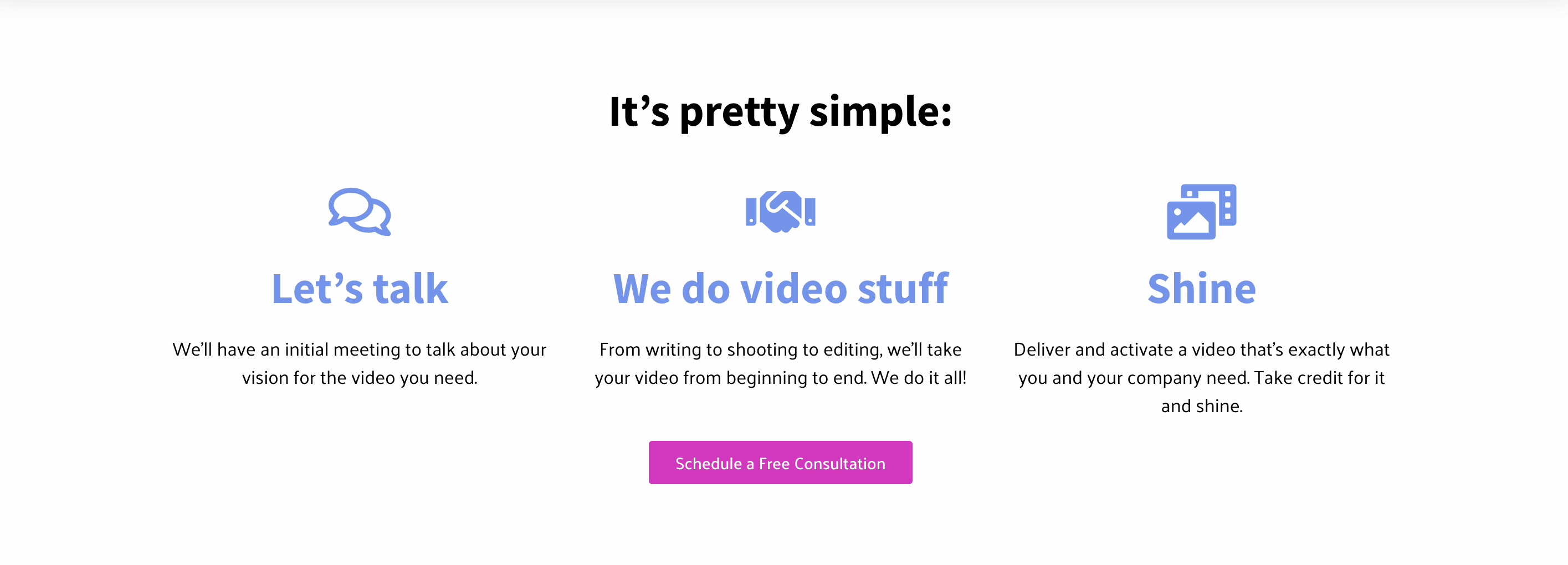
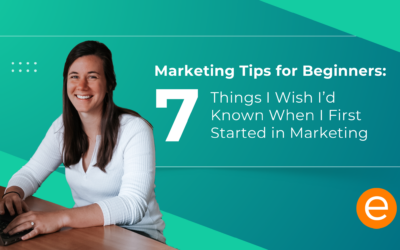

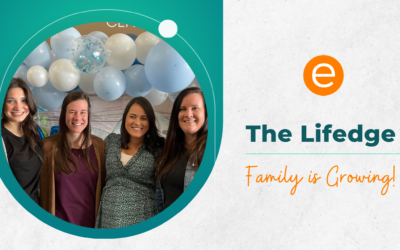




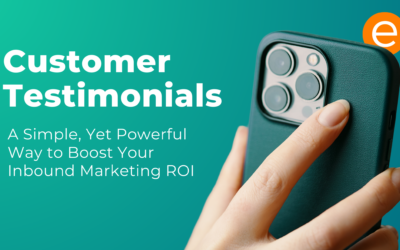
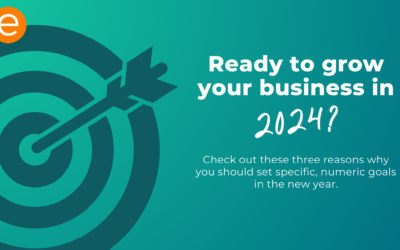
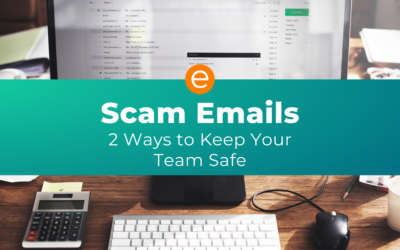
0 Comments